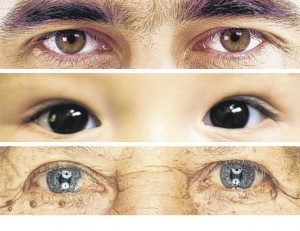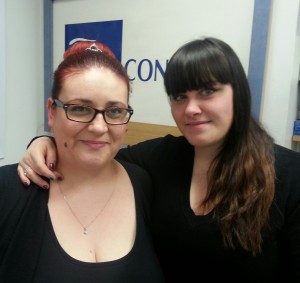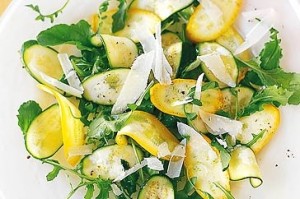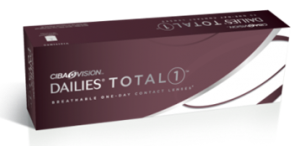A 19-year-old’s routine eye test ended up saving her life after optician’s found a tumour the size of an egg attached to her retina was pushing against her brain.
Student Alice Walker, from Allestree, Derby, was taken by her father to optician, Phillip Bradley, for a regular check-up after battling nausea and severe headaches for months.
After specialists had studied her retina, the light-sensitive nerve layer at the back of her eye, they were stunned at their discovery.
The back of Alice’s eye was completely swollen and the ‘wrong shape’ which led them to discover a potentially fatal brain tumour last October.
Within hours, she was in the Royal Derby Hospital, where she was diagnosed with a rare type of tumour which had grown to the size of a small egg and had been pressing on her brain.
Alice said: ‘I’d been feeling ill for about six months and had been to the doctors about four or five times.
‘I had an eye test in April and everything was normal. But when my dad took me back in October, it was a very different story – we know something was wrong and I was told my retina was swollen.
‘Instead of it being concave it was convex and my central vision had become poor.
‘I was told that I would be referred. The next day, I was in hospital.’
But as doctors were unable to predict just how much of the tumour needed to be removed, there was a great risk that it could be cancerous and further treatment may be essential.
Robert said: ‘Alice was brave.The tumour was in the ventricle cavity and was attached to the brain.
‘It was unclear just how much could be removed without upsetting anything.
‘At the same time, we knew it was Alice’s only hope.
‘Alice had been feeling quite unwell for the best part of last year.
‘She’d had headaches and episodes of sickness. She was pale and tired and was generally just not herself.’
Alice’s mother, Karen, 46, followed their daughter to the Nottingham hospital and stayed with her until the early hours.
She said: ‘We kept ringing the hospital to find out if she was out of the operating theatre. People die on the operating table – it happens.
‘But finally, we got the news that she was in recovery and she was all right. We were told that the tumour had to be tested and we’d have to wait a week for the results. It was another anxious time.
‘But when we heard that the tumour was not cancerous it was wonderful.
‘After the op, we were told that 98 per cent of the tumour had been removed. Some of it had been attached to the brain and had been impossible to get out.
‘The surgeon didn’t want to damage Alice’s brain and decided to leave it in there.There was a chance, we were told, that it might start to grow again.
‘But it wasn’t cancer and it wasn’t a fast-growing thing.’
Read more: http://www.dailymail.co.uk/health/article-2332066/Teenage-girl-defies-death-opticians-discover-tumour-size-EGG-pushing-brain.html#ixzz2V9rpVnlt







